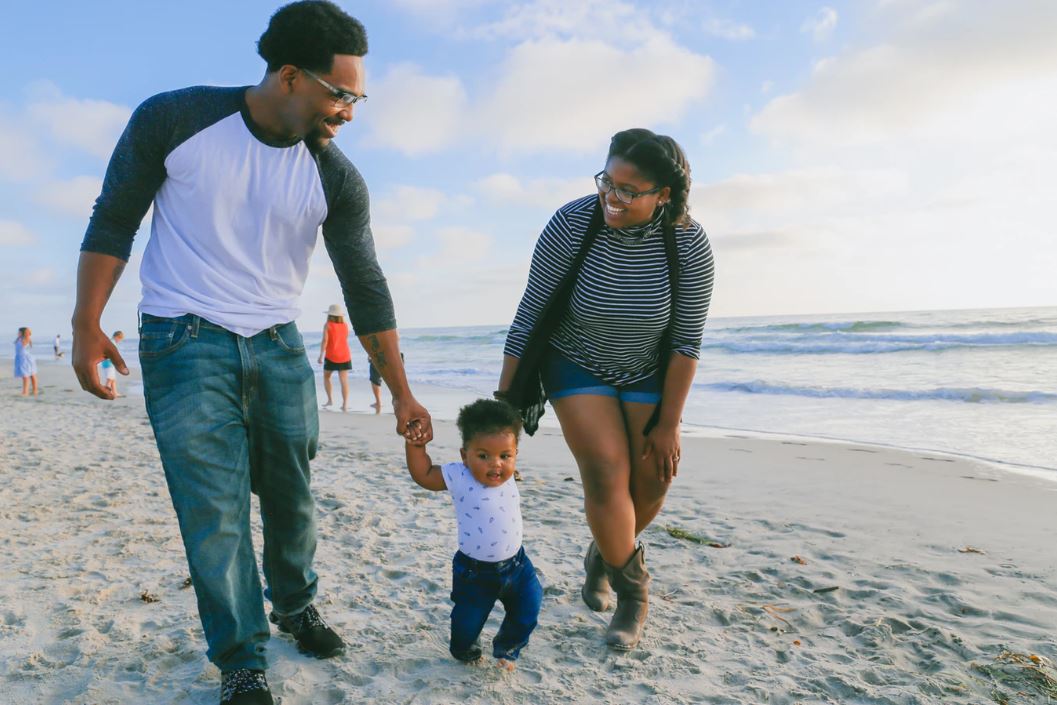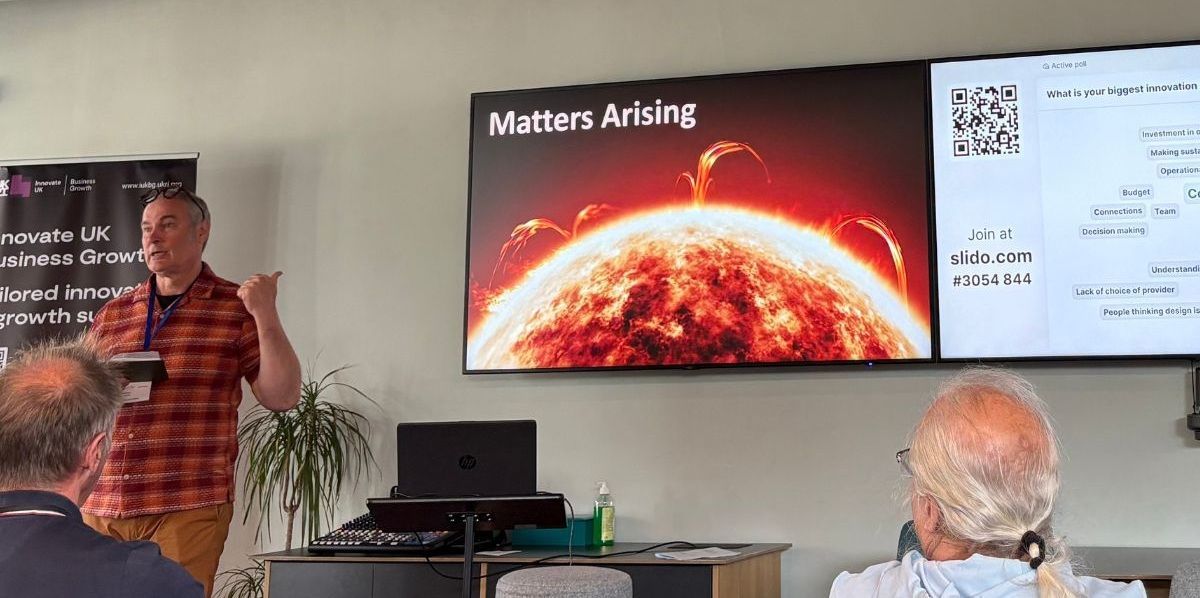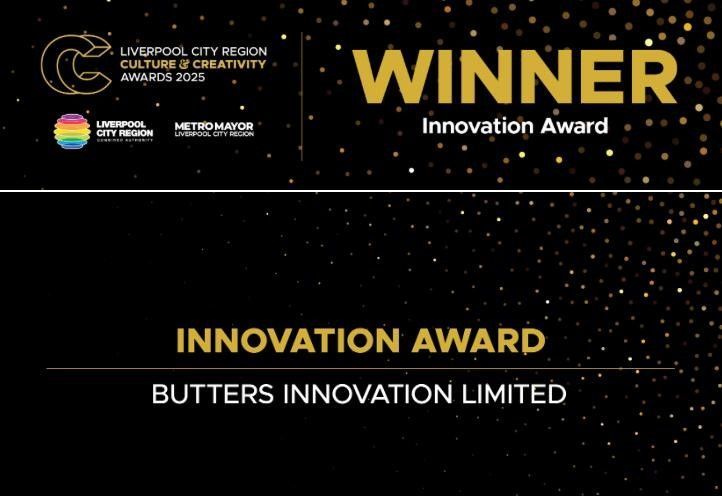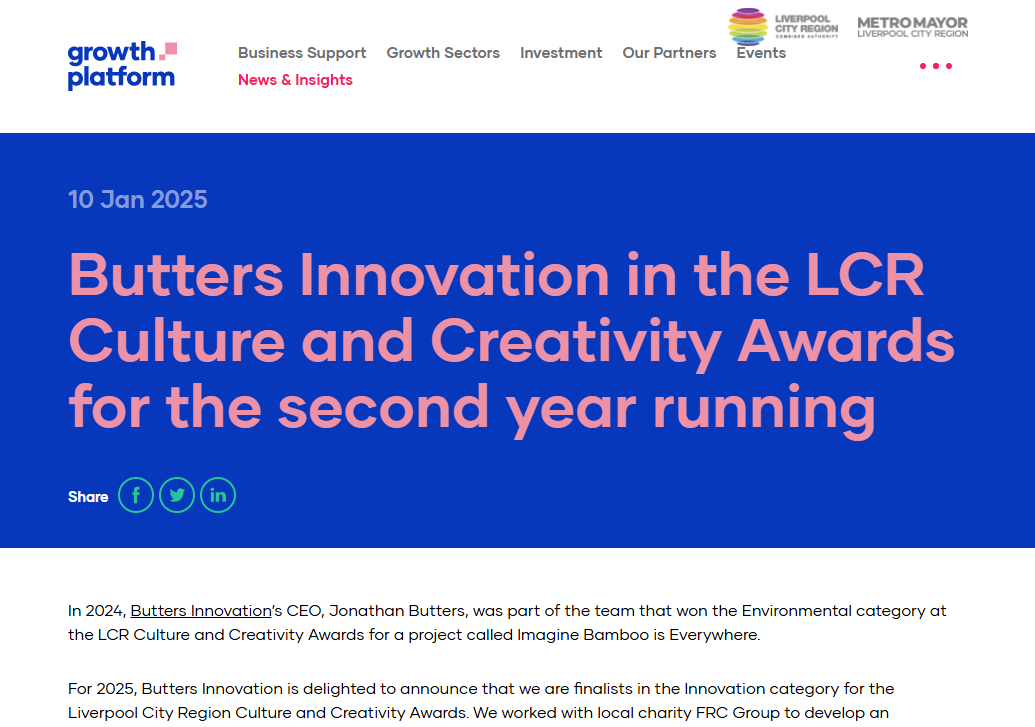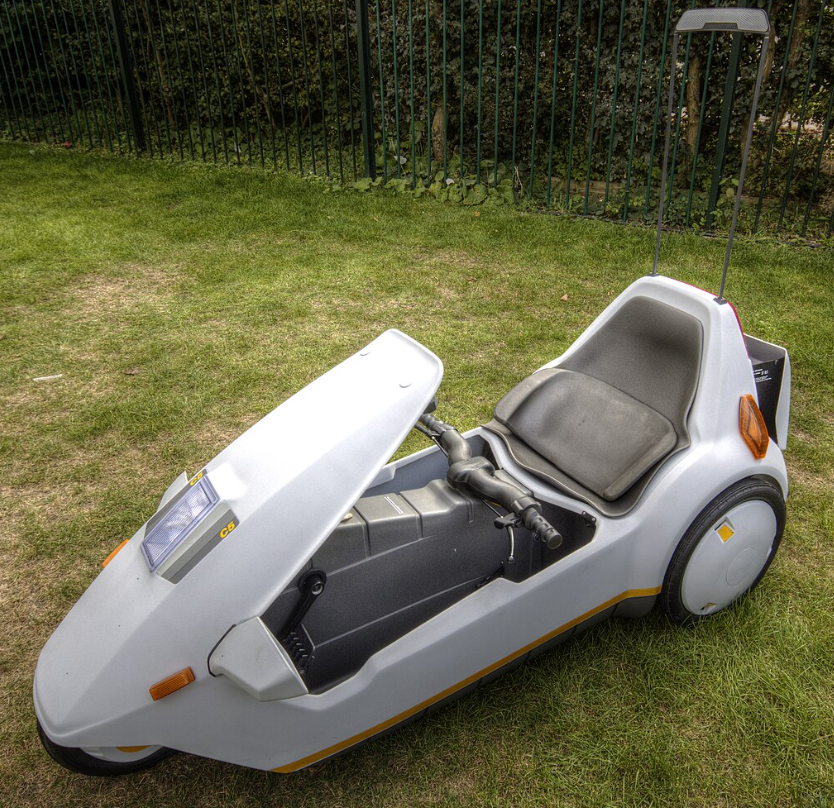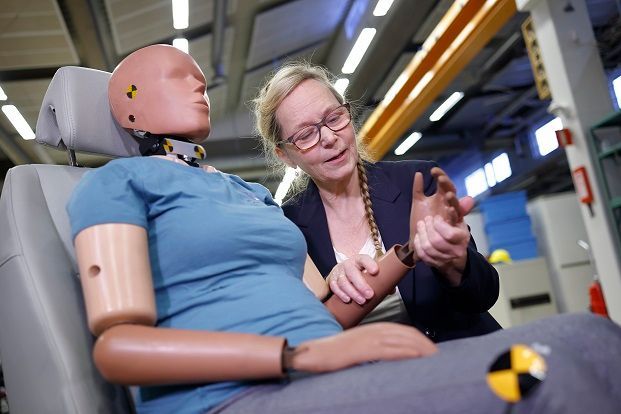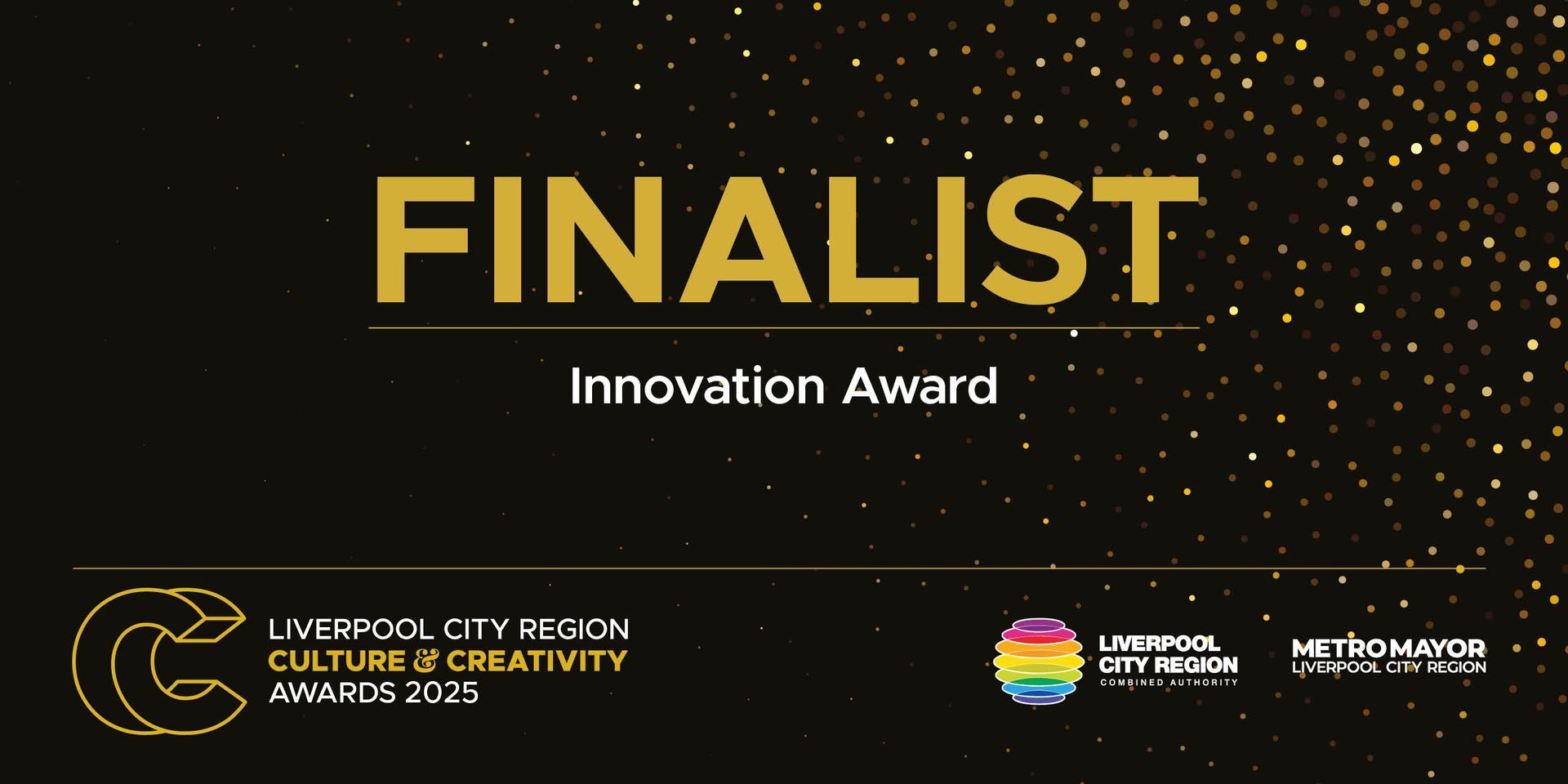Walking in other people's shoes
User-Centred Innovation and Co-Design - How to design for users who are not you
When I studied Industrial Design Engineering at the Royal College of Art in 1986 we did a group project that was designed to encourage us to focus on designing for people with disabilities. It was a very open brief with no particular steer. Very quickly the group started to discuss how you might define "disability". As was common with my peers, we dived into a dictionary and publications
(pre-internet) to help establish the meaning of the word. In this case we decided to build our own definition setting out disability as the result of a situation rather than specific to a person. We then set out to remove the disabling conditions in our design project.
It was a fairly naive approach, but I think we all agreed that you can't design for people without engaging with them. That was the learning I took away with me. Ever since I have seen myself as an advocate for end-users and stake-holders in the design work I undertake. Several projects have, at my insistence, had several stages of user-engagement to define the problem, verify the thinking and validate the solution at key points.
I'm sure that a common mode of product, system or service failure is the fact that they have not been developed in partnership with actual users. Now this is difficult, especially when it's an innovation that hasn't previously existed. But experience has demonstrated that people are absolutely key to the development of successful ideas. I have led many user-centred projects and the results and materials gathered during the work is often used by the clients as part of the marketing story, helping early adoption of the innovation.
We are just reaching the end of a 2-year project to create a product to help mums recover from a C-Section birth. No current product exists for the early stages of recovery post-surgery and the advice from NICE is to just wear loose-fitting clothes and "granny pants". My client is from the BAME community and will be launching her innovation first in the Islamic Middle East. My life experience is very limited regarding the stakeholders in this product, so I have consulted extensively with recent mums across a wide spectrum to define the requirements and in verifying aspects of the solution.
So, from working with mums to define where their actual incisions are (standing, bending and sitting), to understanding what parts of their tummies are sore and how long they might wear the product and care for it, we have engaged at every stage with functional physical prototypes. The result is a dignified, low-cost, attractive, comfortable, hygienic and easy-to-manufacture product that will make the first few months after C-Section much more bearable.
Stakeholder engagement is crucial, without it you are designing at
people not with
people. Designing should centre around users, not sit separately from them. User-Centred design is a great strategy for mitigating risk and reducing failure as well as building engaging stories for marketing the solution.

